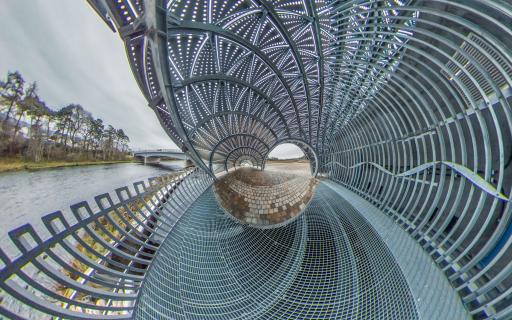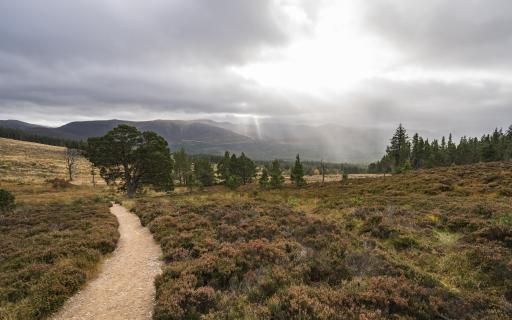
The Burghead Bull
The Threads of Nairn Stitchers came together from across Nairn to stitch the story of Nairn and Moray, the aspects of its natural and cultural heritage which give its unique charm as well as one of the most celebrated pieces of Pictish art.
This is their story.
Embroidered in a rich array of bold reds, ambers and yellows against a moss green tweed is the central focus of the panel - a Burghead Bull.
The Burghead Bulls are a group of as many as 30 carved Pictish stones discovered during the demolition work in the 19th century - works that provide the foundations for the modern town of Burghead, Moray. Each one featured a skilful, elegant carving of a bull. Unfortunately most of these stone carvings were lost during the building of the town's quay.
Today, 6 of these carvings survive: two in the Visitor Centre in Burghead, two in Elgin Museum, one in the National Museum of Scotland in Edinburgh, and one in the British Museum in London. With the creation of this panel, one is now immortalised in stitched form.
Interpretation of the use of these bulls has varied but likely they were used symbolically within an early phase of the fortification, pre-dating Christianity. These symbols were strong depictions of belief and culture, as well as showing off the skill of the craftsmen or multiple crafters responsible for such intricate carving.
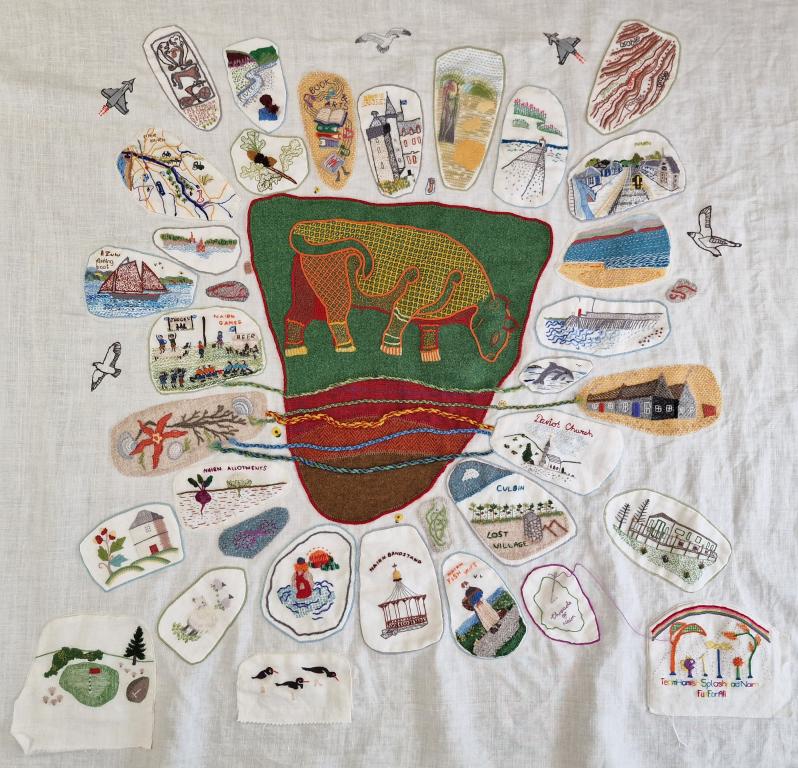 The Burghead Bull surrounded by stories.
The Burghead Bull surrounded by stories.Image provided by Kirstie Campbell
JUST WHO WERE THE PICTS?
In Scottish history the Picts are often considered one of the most mysterious peoples. Much of the knowledge we do have about the Picts comes from the written historical record of the 4th to the 10th centuries - often from the point of view of their opponents. Even the name ‘Pict’ comes from the Latin term ‘Pictii’ or 'painted people' and we will likely never know the name by which, if any, the Picts referred to themselves. What we do know for certain, however, is that the Picts lived in a time of great social and political change.
Decades of archaeological and historical research have begun to shed some light into the lives of Pictish people. From the incredible craftsmanship and artistry of Pictish stone carvings and metalwork, to place names and burials, and their relationships with kingdoms and societies across Scotland and Europe, the Picts have certainly left their mark on Highland history.
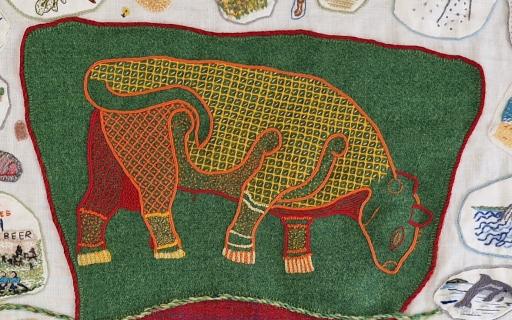
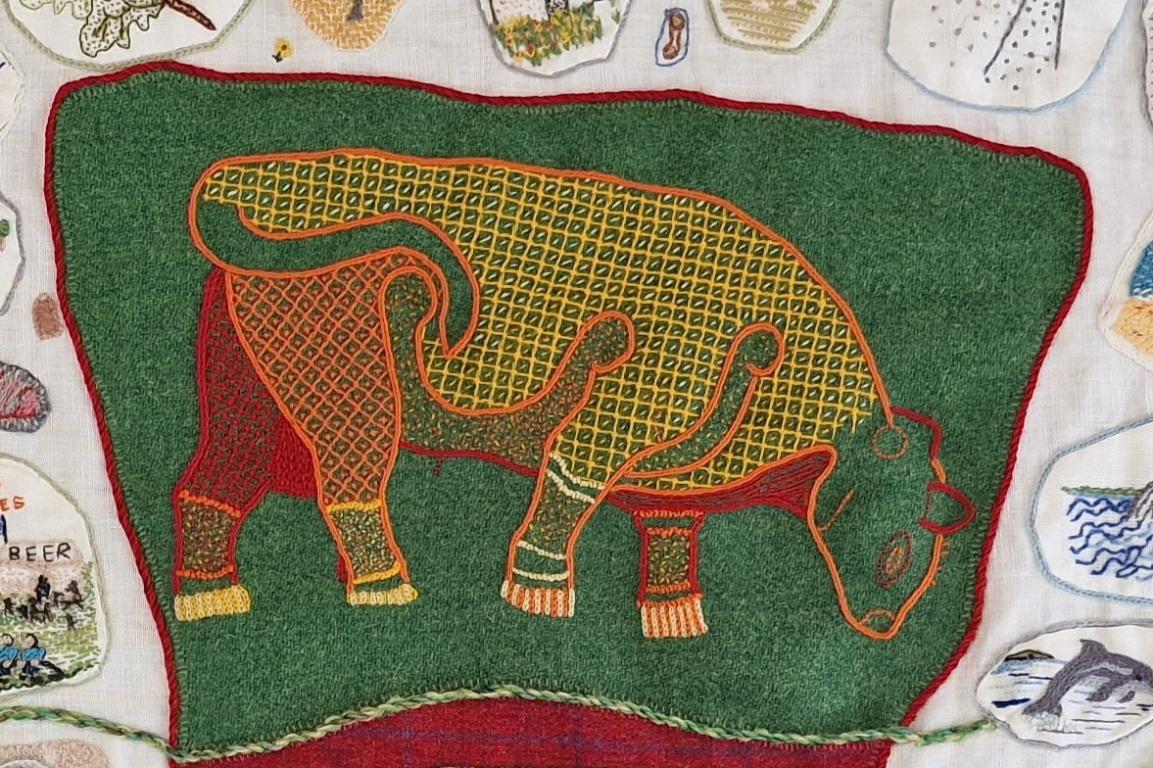
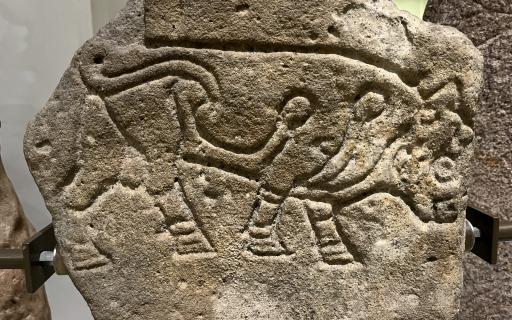

BEHIND THE PANEL WITH THE THREADS OF NAIRN STITCHERS
We met twice a week in the Nairn Library for the duration of our project. It was a great place to meet. The staff there were very accommodating, and interested in seeing the tapestry taking shape. Members of the public using the library stopped to see our work.
We decided to surround our central figure with our journey stones. They all depict places or things of interest in or around Nairn.
We have made new “stitcher“ friends, and have enjoyed the journey involved in the project. We’re looking forward to seeing the finished panel displayed.
- Helen Meldrum
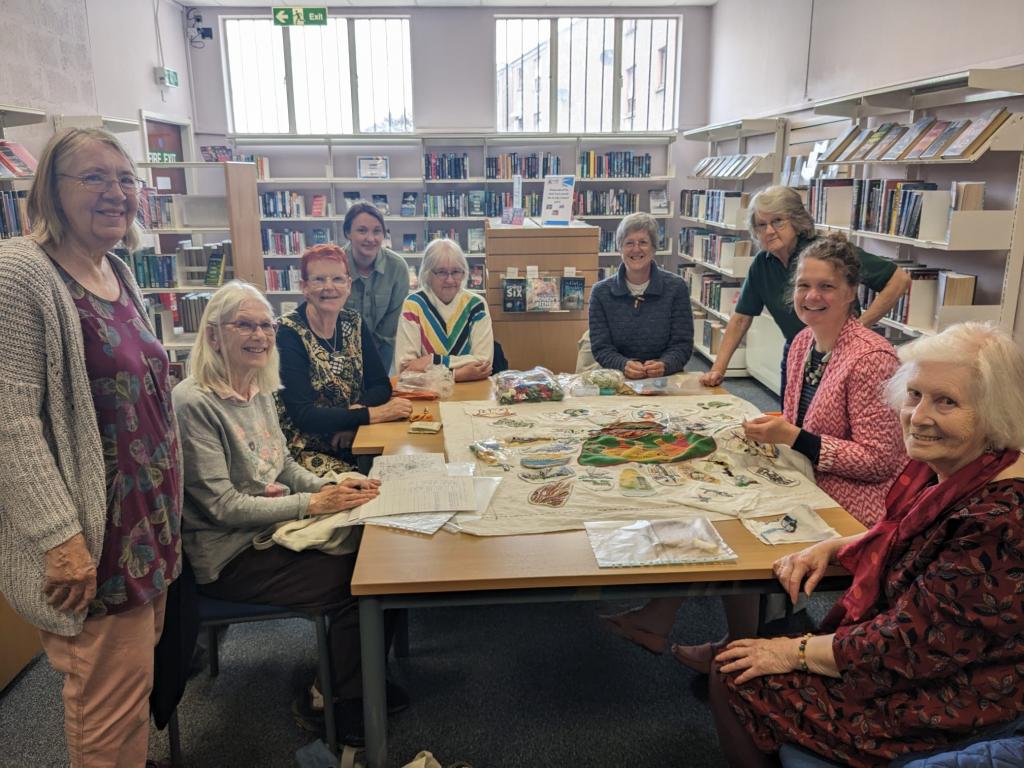 The Threads of Nairn Stitchers at Nairn Library
The Threads of Nairn Stitchers at Nairn LibraryImage provided by The Threads of Nairn Stitchers
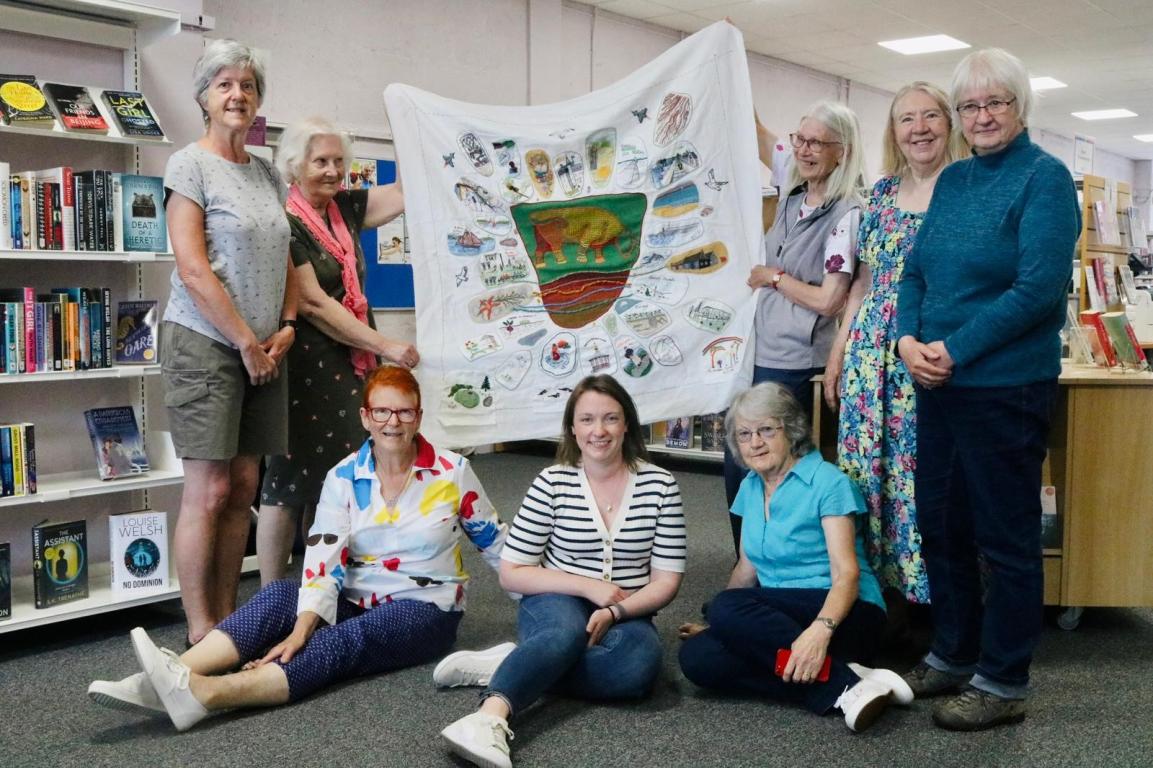 The Threads of Nairn Stitchers with their complete panel
The Threads of Nairn Stitchers with their complete panelImage provided by The Threads of Nairn Stitchers
WITH THANKS TO THE THREADS OF NAIRN STITCHERS
This panel was stitched by Margaret, Diane, Anne Ph, Anne P, Cicely, Frances, Helen, Joanna, Laura, Maureen and Morven who gave their time, skill and energy to completing a fantastic artwork for their area.
If you would like to see the panel up close and admire the detail of their work, please look out for the panel at an exhibition near you soon. To find out more, follow Inverness Castle Experience on Facebook for all the latest updates on the Tapestry of the Highlands and Islands and the new visitor experience in Inverness, open 2025.
EXPLORE MORE STITCHERS STORIES BELOW
Swipe left for more

